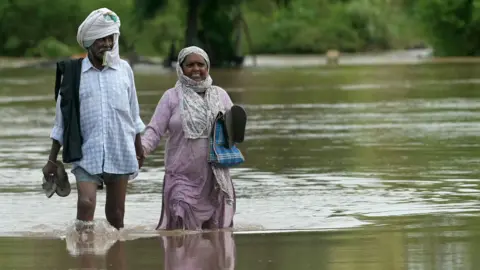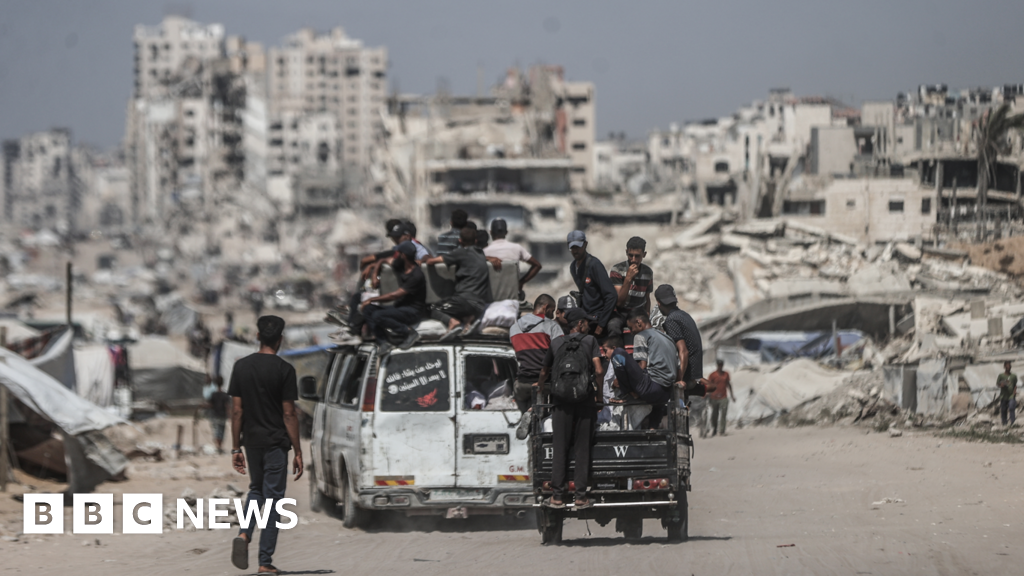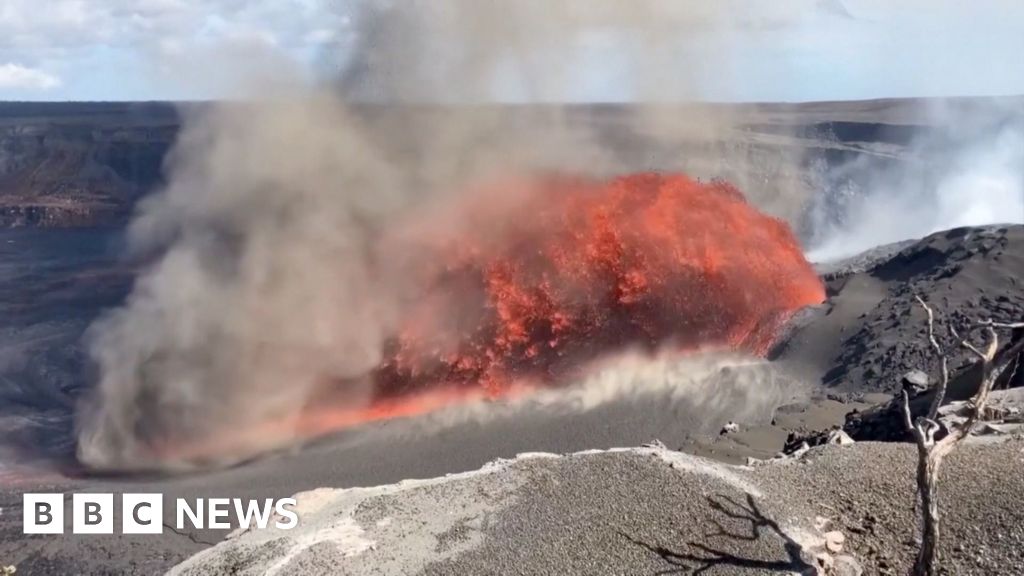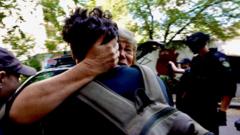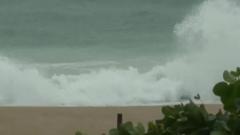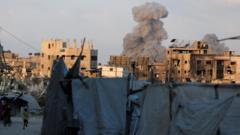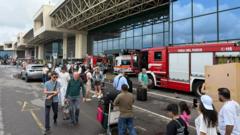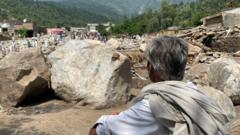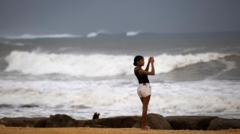In the early hours of the morning, the Sundhnukur crater near Reykjavik erupted, sending plumes of gray smoke into the atmosphere and releasing a limited flow of lava. Gisli Olafsson, secretary general of the Icelandic Red Cross, assured the public via social media that although the eruption was notable, it posed no risk to nearby populations or structures. The initial seismic activity began around 1:30 a.m. local time, leading to the eruption at approximately 3:56 a.m.
The volcano is situated between Grindavik, a small fishing village located 25 miles southwest of Reykjavik, and the popular Blue Lagoon geothermal spa to the north, a hub for international tourists. In preparation for the eruption, Icelandic authorities preemptively evacuated both Grindavik and the Blue Lagoon, maintaining safety protocols in the area. It remains unclear if operations at the Blue Lagoon have been suspended, as they were after a prior eruption in April.
According to the Meteorological Office, the fissure of the eruption extends roughly half a mile, with the lava flow predominantly moving southeast, away from any significant infrastructure. As of 6:30 a.m. local time, flights at the nearby international airport serving Reykjavik were reportedly unaffected by this eruption, although wind patterns may influence gas dispersal toward the airport region.
Iceland has experienced a marked increase in volcanic activity, with the average interval between eruptions shrinking significantly in recent years. While previously these events occurred every three to four years, the Svartsengi volcanic system, which encompasses the Sundhnukur crater, has now recorded twelve eruptions in the last four years alone.
The volcano is situated between Grindavik, a small fishing village located 25 miles southwest of Reykjavik, and the popular Blue Lagoon geothermal spa to the north, a hub for international tourists. In preparation for the eruption, Icelandic authorities preemptively evacuated both Grindavik and the Blue Lagoon, maintaining safety protocols in the area. It remains unclear if operations at the Blue Lagoon have been suspended, as they were after a prior eruption in April.
According to the Meteorological Office, the fissure of the eruption extends roughly half a mile, with the lava flow predominantly moving southeast, away from any significant infrastructure. As of 6:30 a.m. local time, flights at the nearby international airport serving Reykjavik were reportedly unaffected by this eruption, although wind patterns may influence gas dispersal toward the airport region.
Iceland has experienced a marked increase in volcanic activity, with the average interval between eruptions shrinking significantly in recent years. While previously these events occurred every three to four years, the Svartsengi volcanic system, which encompasses the Sundhnukur crater, has now recorded twelve eruptions in the last four years alone.







